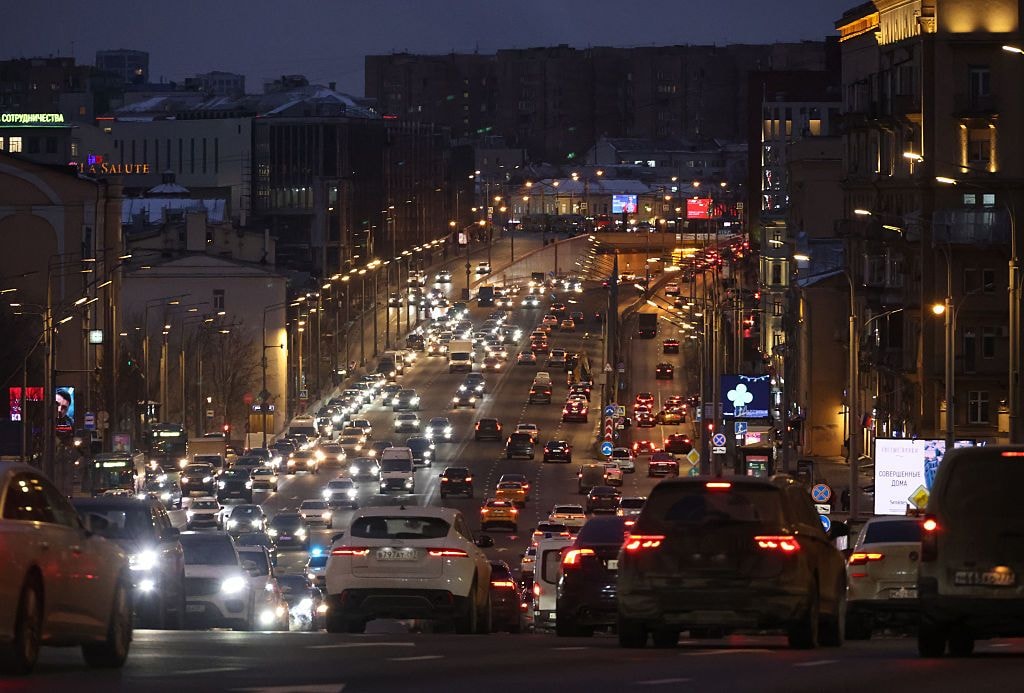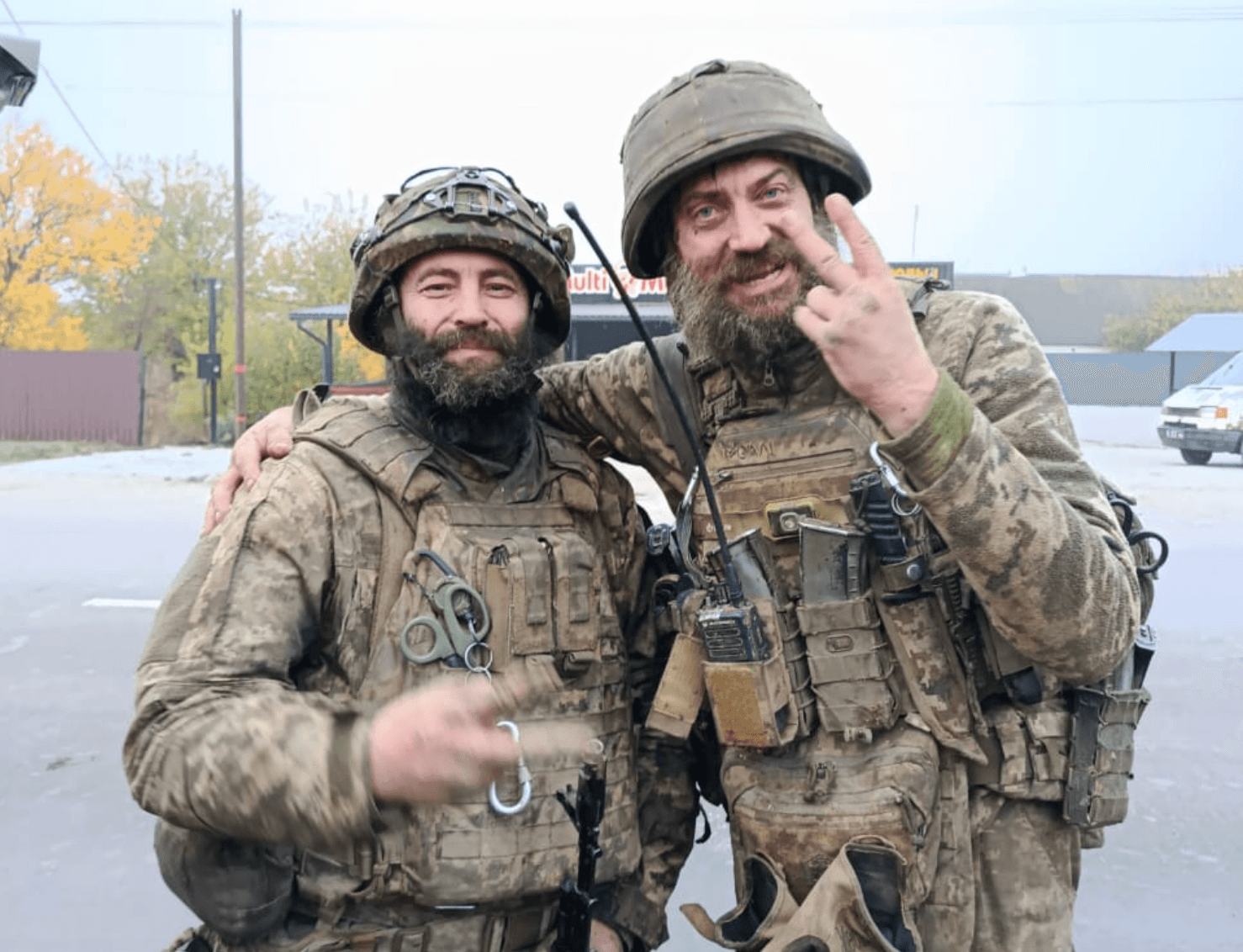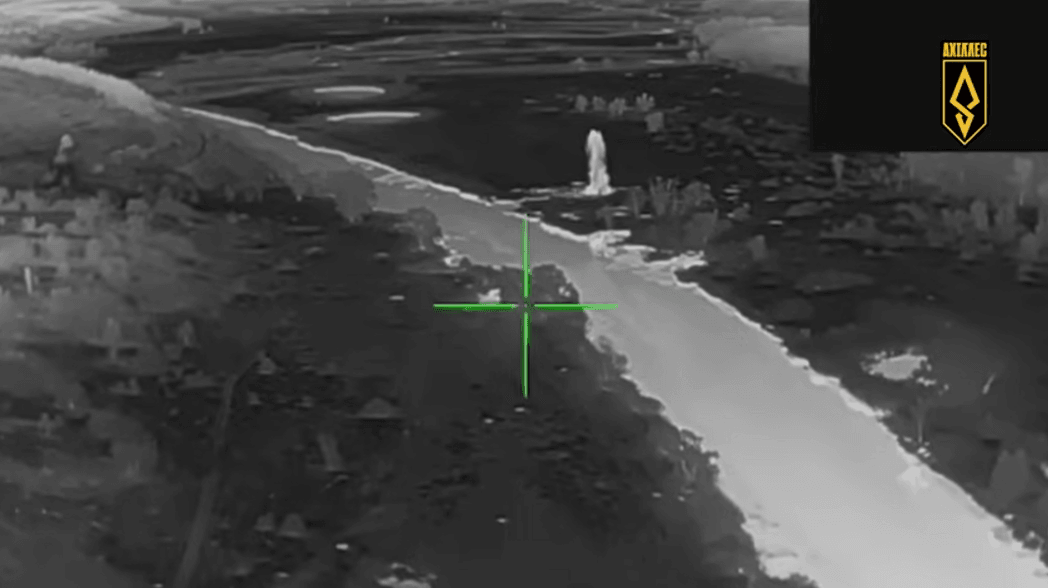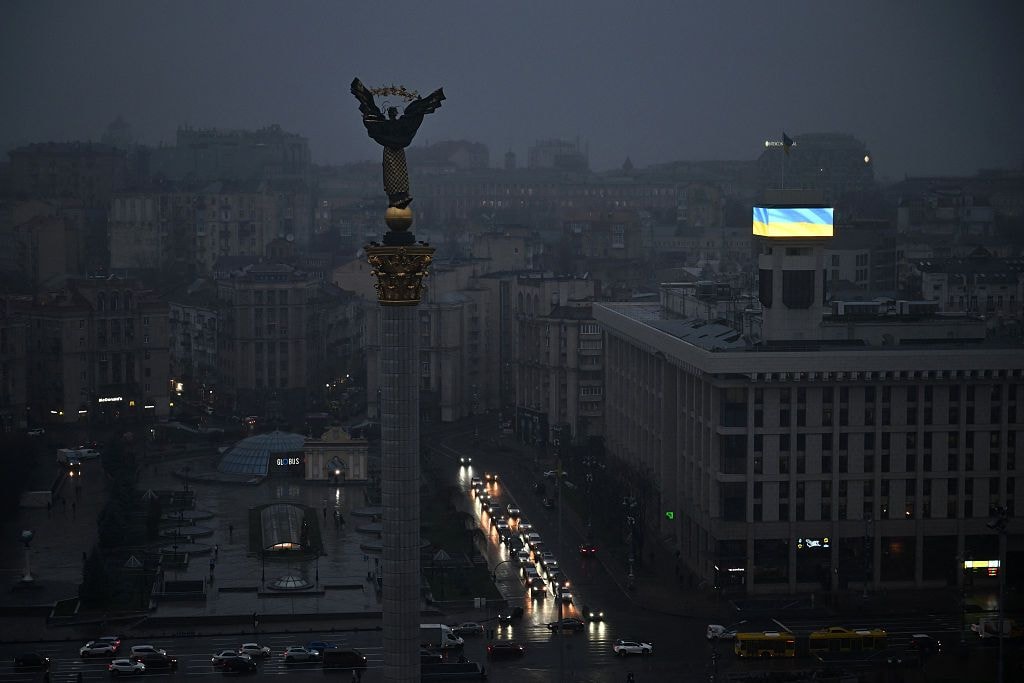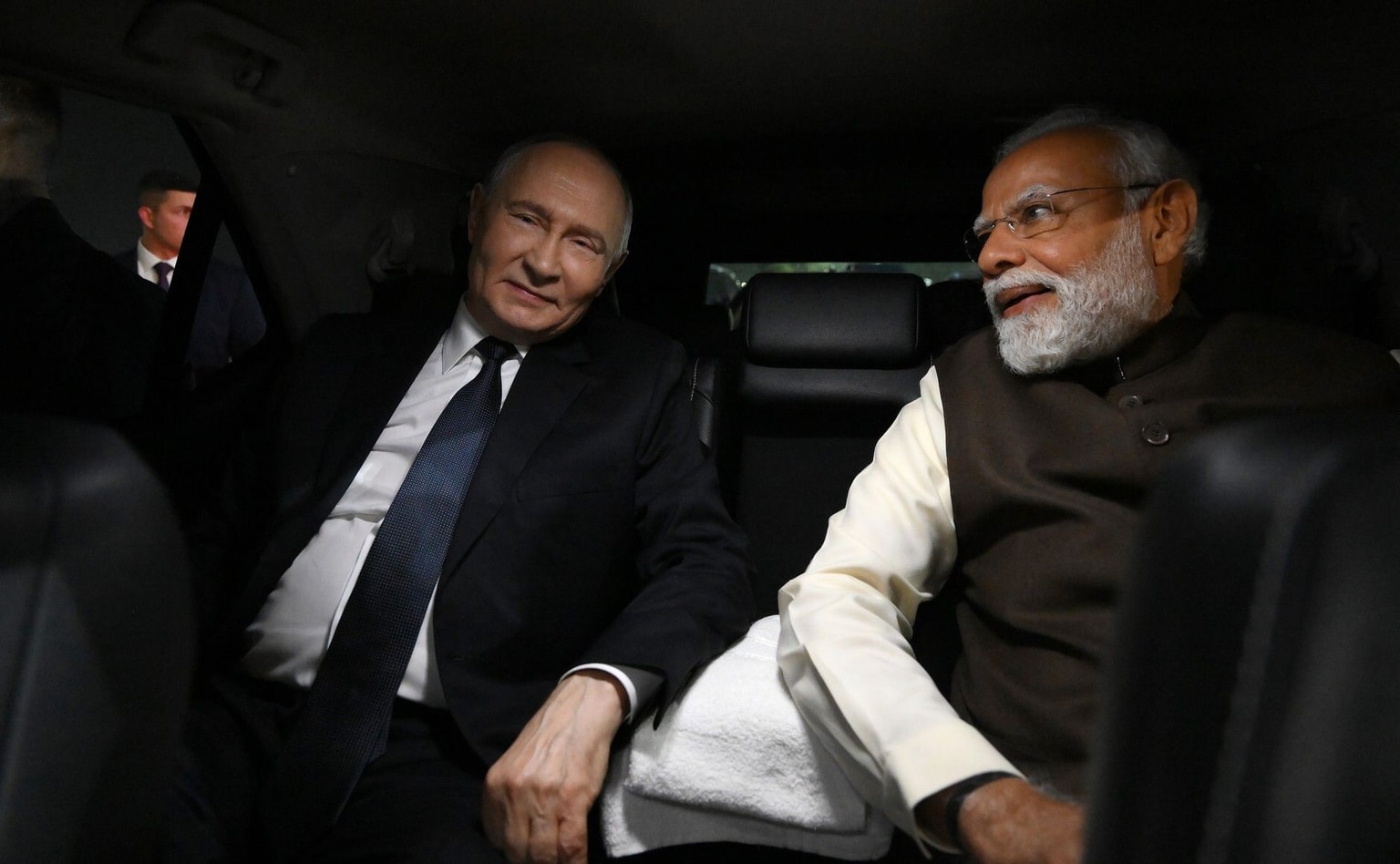Russia tightens grip on occupied Ukraine with illegal mobilization and child militarization, experts warn

While leaked reports of a U.S.-proposed peace plan have sparked international debates about the future of Ukraine's occupied territories and the people who live there, Russia is forging ahead, entrenching its control on the ground by expanding illegal mobilization.
On the ground, that translates into forcing civilians and prisoners of war (POWs) to join its military and systematically preparing children for future service, experts said at a Nov. 25 roundtable in Kyiv organized by The Reckoning Project, a global war crimes documentation initiative.
Researchers with the initiative described how Moscow has built a full-scale system of militarization in occupied areas — from indoctrination in schools and youth camps to the coercion of men and Ukrainian POWs into combat. The researchers argue that these practices may constitute war crimes and could form the basis for international criminal charges against both individuals and the Russian state.
"Since 2015, Russia has been systematically preparing Ukrainian society under occupation for participation in hostilities. This includes children as young as preschool age," said Roman Avramenko, executive director of The Reckoning Project.
Children and youth militarization
More than 500 schools in the the occupied territories have been fully integrated into the Russian educational system, with mandatory propaganda classes such as "Razgovory o vazhnom" (Important сonversations) coordinated with the FSB.
About 50,000 children have passed through the "Smena" program in 119 Russian universities, some of which collaborate with foreign institutions, Avramenko said.
Experts described the scale of youth militarization through military-style camps and cadet programs. An estimated 150,000 children attend so-called "health retreats" each year that include ideological reeducation and basic military training. Groups such as the "Yunarmiya" youth movement and cadet corps are designed to form a cadre reserve for future Russian armed forces.
The Kyiv Independent published an investigation in October revealing that senior Russian officers run military training centers for Ukrainian children from occupied territories, including the "Warrior" center created in 2022 at Vladimir Putin’s instruction.
Coercion of civilians and POWs
Forced conscription of adults continues alongside youth militarization. Over 45,000 men were drafted in Crimea before the full-scale invasion, while since 2022, residents of occupied parts of Donetsk and Luhansk oblasts have faced mass mobilization, often being forced into the ranks without medical examinations, training, or proper equipment. Casualties in their units have reached 60–80%, according to Avramenko.
Russia's coercive tactics extend to prisoners and Ukrainian POWs — 16% of prisoners of war held in Ukrainian camps are Ukrainian citizens, and 6% of them are from Crimea, said Dmytro Usov, secretary of Ukraine’s Coordination Headquarters for the Treatment of POWs.
Moreover, Russia has already forced at least 63 Ukrainian POWs to serve in its military, with confirmed cases of these soldiers participating in combat.
"We already have a Ukrainian serviceman who was captured by Russia, forced to fight for them, and then ended up captured by Ukraine," Usov said.
Apart from Ukrainians, Russia is also recruiting large numbers of foreigners to fight against Ukraine. As of October 2025, Russia has mobilized 18,092 foreigners from 128 countries, Usov said.
The figure jumped from none in 2022 to approximately 7,000 in nine months of 2025.
"Twenty-one European countries have smaller armies than the number of foreign nationals Russia has contracted to fight against Ukraine," he said.
"This poses a major challenge for Europe: these individuals will eventually return home with modern combat experience."


